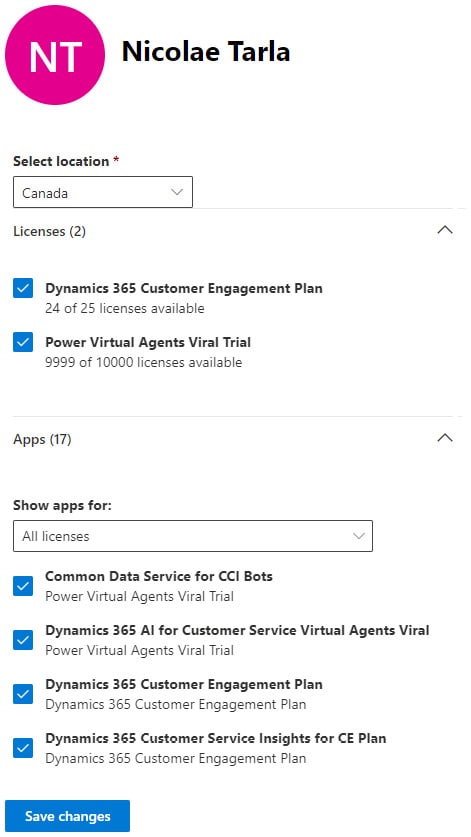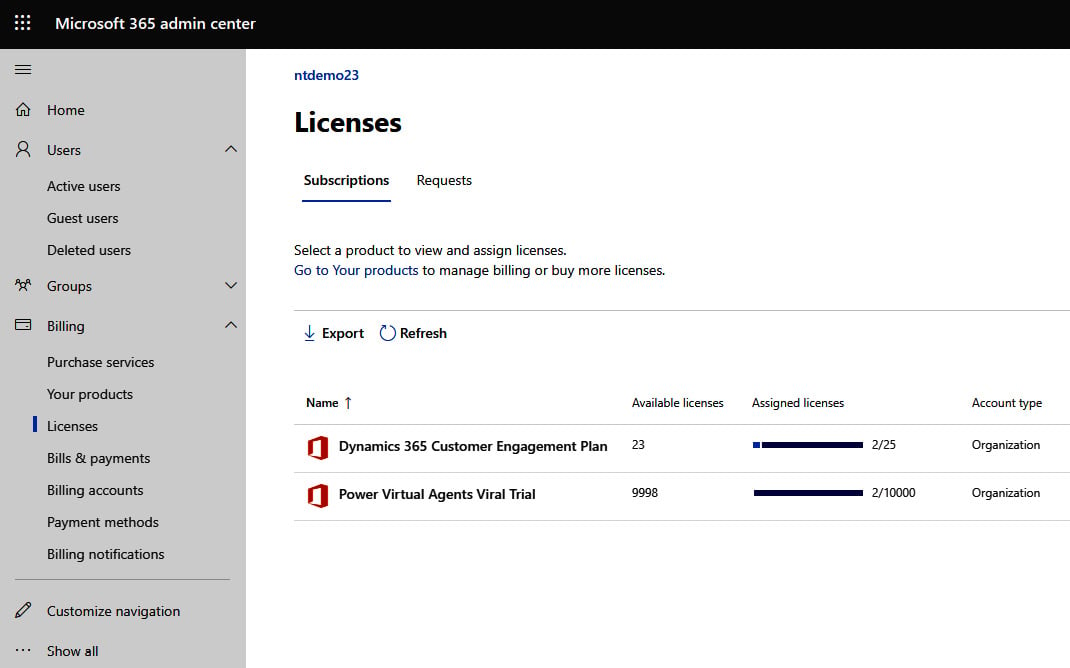How does licensing work for chatbots?
While this is not a comprehensive licensing guide, I want to start touching on this topic right from the first chapter. Licensing is extremely important to understand when designing solutions, in particular solutions spanning multiple technology stacks. Licensing Power Virtual Agents is tightly integrated with the Power Platform general licensing. We will be looking at more licensing details and how to estimate licensing requirements in Chapter 2, Licensing for Power Virtual Agents.
Microsoft provides a comprehensive Power Platform licensing guide that you should be reviewing to understand the intricacies and details related to licensing various components of the Power Platform. Power Virtual Agents being one of the Power Platform service offerings, it is also covered in this licensing guide.
Microsoft revises this guide with every release, and you should always refer to the latest version. At the time of writing, the current version is the November 2020 guide, which is available to download from the Power Virtual Agents pricing page at https://powervirtualagents.microsoft.com/en-us/pricing/.
Keeping in line with the separate offering for Power Virtual Agents, the licensing provides two distinct options for Power Virtual Agents for the web versus Power Virtual Agents for Teams.
We have a tenant license available for Power Virtual Agents, which covers the functionality for the respective tenant it is associated with. The user licenses are licenses assigned to bot authors. They are available at no additional cost on a tenant with a Power Virtual Agents license and can be assigned by an administrator through the admin portal. This is done through the Microsoft 365 admin center, as shown in the following screenshot:

Figure 1.7 – Licenses
To view the available licenses in your tenant, you can navigate in the admin center to the Billing area and look at the Licenses tab, as shown in the following screenshot:

Figure 1.8 – Licenses tab
In addition to the standard Power Virtual Agents tenant license, an organization can purchase a capacity add-on if needed. This allows organizations to extend usage beyond the standard license limitations for sessions and storage.
Note that the default license allows up to 2,000 sessions per month and the following capacities for storage:
- Database capacity up to 10 GB
- File capacity up to 20 GB
- Log capacity up to 2 GB
These capacities are calculated on a monthly basis and remaining unused sessions do not carry over to the next monthly cycle. Storage capacity is fixed, though capacity add-ons can be purchased in increments of 1 GB as needed.
At this time, while organizations adopt and implement this functionality, some reasonable overages might be deemed acceptable, but organizations should plan accordingly for a possible future date when enforcement could be enabled automatically, resulting in potential business disruption. It is always a good idea to monitor usage and stay within the permitted licensing limits.
Since the Teams bot functionality is slightly different, the licensing is also separate. The Power Virtual Agents for Teams functionality is included with the standard Microsoft 365 licensing. Typically, the Enterprise and Business licenses will also include user rights for Power Virtual Agents for Teams.
With the Teams license, currently there is no restriction on the number of sessions or capacity. Capacity is actually calculated based on the Office 365 licensing capabilities. This might change as the platform evolves and Microsoft revises the licensing model.
Note that only some Microsoft 365 licenses allow chatbots to leverage Dataverse. In this scenario, once the capacity limits are reached, organizations will need to upgrade to a dedicated Power Virtual Agents plan to increase capacity.
In addition, another limitation of chatbots built for Teams is the ability to leverage only standard connectors. Premium and custom connectors are not available for these scenarios at this time.
Seeing how chatbots have evolved over time should now put this technology into perspective. We now have an understanding of how this technology was born, how it evolved to where it is today, and what the true business value is for current and future organizations.












































































